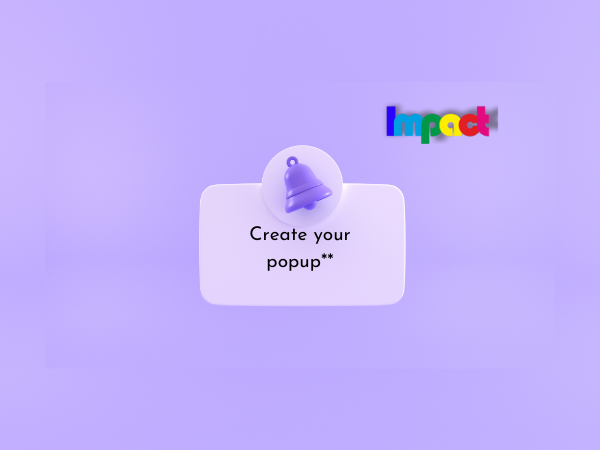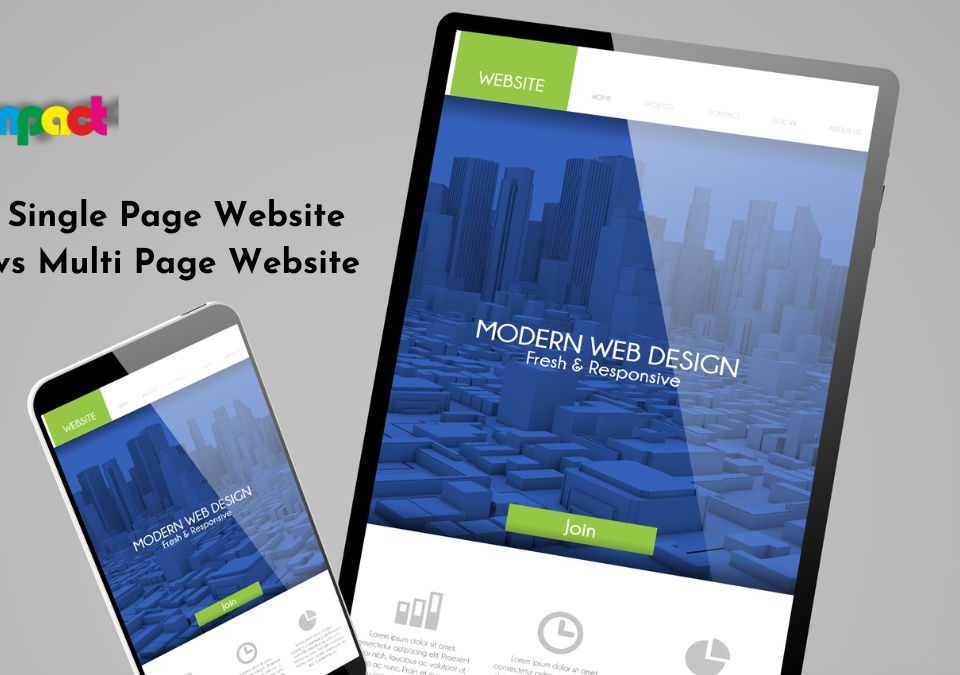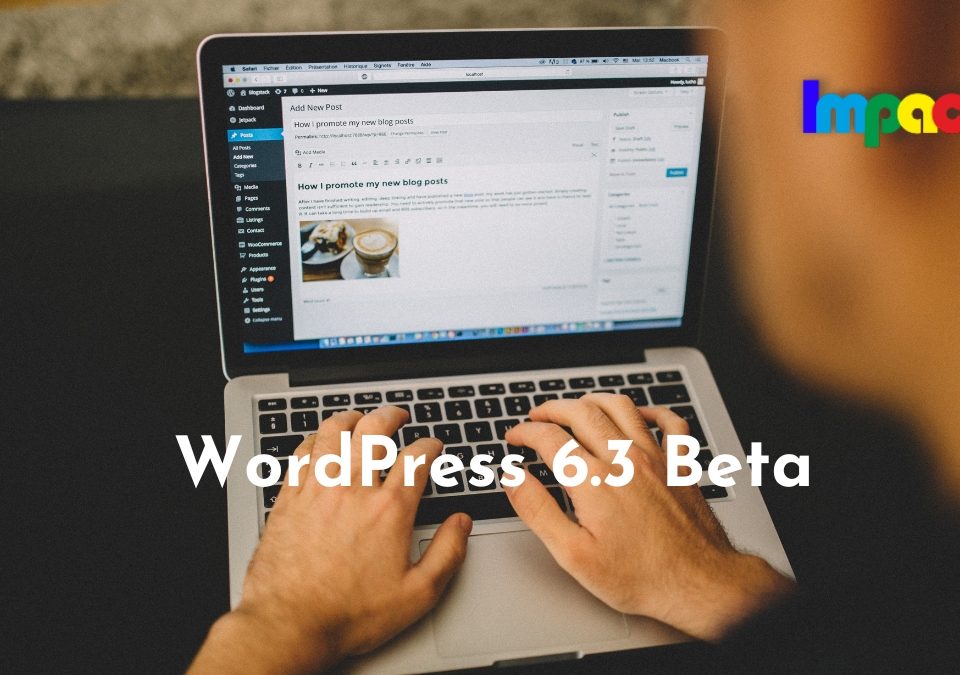Are you ready to take your website’s user engagement to the next level? Popups can be a powerful tool to capture your visitors’ attention and convey important messages or offers. Whether you’re looking to promote a special deal, grow your email list, or drive conversions, knowing how to create an engaging popup is essential. In this guide, we’ll walk you through the process of creating your first popup from start to finish. So, let’s dive in and learn how to create a popup that will make a lasting impression on your website visitors!
Table of Contents
How Do I Create My First Popup?
Now, let’s delve into the step-by-step process of creating your first popup.
Step 1. Define your popup’s purpose
Before you begin designing your popup, it’s crucial to have a clear understanding of its purpose. Ask yourself, “What do I want to achieve with this popup?” Are you aiming to grow your email list, promote a limited-time offer, or provide valuable content? Defining your popup’s purpose will help you tailor its design and content accordingly.
Step 2: Choose a popup tool or plugin
To create a popup, you’ll need a reliable popup tool or plugin. There are numerous options available, ranging from free to paid, each offering different features and customization options. Some popular choices include Divi theme builder, Elementor Buidler, OptinMonster, Sumo, and Hello Bar. Research and choose the tool that best suits your needs and budget.
Note: I have used Divi and Elementor Drag and Drop Builders to Create My first popup.
Step 3: Craft an attention-grabbing headline
The headline is the first element of your popup that visitors will see. It needs to be attention-grabbing, concise, and compelling. Use the headline to clearly convey the value proposition of your popup and entice visitors to take action. Remember to include the seed keyword, “How do I create my first popup?” within your headline to enhance its relevance.
Also Read “How To Create And Monetize An eLearning Website In 4 Steps“
Step 4: Design an eye-catching popup layout
An effective popup design is visually appealing and matches your website’s branding. Choose a color scheme that complements your website’s aesthetics and ensures readability. Avoid cluttered layouts and opt for a clean and minimalistic design that highlights the key message of your popup. Incorporate images, icons, or even videos to make your popup more engaging.
Step 5: Write persuasive copy
Compelling copy is essential to encourage visitors to take action. Use persuasive language that speaks directly to your target audience’s needs and desires. Keep the content concise and easy to scan, using bullet points or numbered lists to highlight key benefits or features. Remember to address any potential objections and emphasize the value your popup offers.
Step 6: Set up targeting and triggers
To maximize the effectiveness of your popup, it’s crucial to set up targeting and triggers. Determine when and where your popup should appear based on user behavior, such as time on page, exit intent, or scroll depth. By displaying your popup at the right moment, you’ll significantly increase the chances of capturing your visitors’ attention and driving conversions.
Step 7: Test and optimize
Once your popup is designed and configured, it’s essential to test it thoroughly before making it live. Check its appearance on different devices and browsers to ensure a seamless user experience. Test different variations, headlines, or images to identify which ones perform best. Continuously monitor your popup’s performance and make data-driven optimizations to maximize its impact.
FAQs about Creating Your First Popup
- Q: How long does it take to create a popup? A: The time it takes to create a popup can vary depending on several factors, including your familiarity with the popup tool or plugin, the complexity of your design, and the amount of content you need to create. On average, it can take a few hours to a couple of days to create a well-designed and effective popup.
- Q: Do I need coding knowledge to create a popup? A: No, you don’t necessarily need coding knowledge to create a popup. Many popup tools and plugins offer user-friendly interfaces that allow you to design and customize popups using a visual editor. However, having basic HTML and CSS knowledge can be advantageous if you want to make more advanced customizations.
- Q: Can I customize the appearance of my popup? A: Yes, most popup tools and plugins provide customization options to match the appearance of your popup with your website’s branding. You can typically customize elements like colors, fonts, images, and layouts to create a visually appealing popup that aligns with your website’s design.
- Q: How can I make my popup more engaging? A: To make your popup more engaging, consider the following tips:
- Use attention-grabbing headlines and persuasive copy.
- Incorporate eye-catching visuals such as images or videos.
- Offer a valuable incentive or exclusive content.
- Keep the content concise and easy to understand.
- Use compelling call-to-action buttons.
- Q: Should I display the popup on every page of my website? A: It’s generally not recommended to display the popup on every page of your website. Instead, consider displaying the popup on specific pages where it aligns with the visitor’s intent or where it can provide the most value. For example, you might choose to show the popup on your blog’s landing page or checkout page.
- Q: How can I measure the success of my popup? A: Popup tools and plugins often provide built-in analytics that can help you track the performance of your popup. Key metrics to monitor include conversion rate, click-through rate, and engagement rate. Additionally, you can integrate your popup tool with Google Analytics or other tracking platforms to gain deeper insights into user behavior.
Conclusion
Congratulations! You’ve now learned the step-by-step process of creating your first popup. Remember to define your popup’s purpose, choose the right tool, craft attention-grabbing headlines, design an appealing layout, write persuasive copy, set up targeting and triggers, and continuously test and optimize your popup for better results.
Creating an effective popup is an ongoing process, and it’s important to monitor its performance and make necessary adjustments based on user feedback and data analysis. By creating engaging and well-designed popups, you can enhance user experience, boost conversions, and achieve your website’s goals.
So, don’t hesitate to implement popups and explore their potential in engaging your audience. Get creative, experiment, and find the strategies that work best for your specific website and target audience. Happy popup designing!




